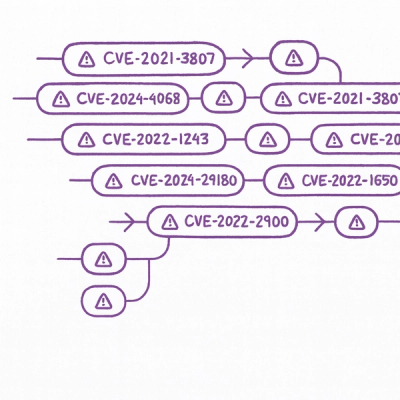
Security News
New Website “Is It Really FOSS?” Tracks Transparency in Open Source Distribution Models
A new site reviews software projects to reveal if they’re truly FOSS, making complex licensing and distribution models easy to understand.
This is a Vagrant plugin to load environment variables from .env into ENV. More information on why and how we use this plugin is detailed in this post
Install the lastest version using standard vagrant plugin installation method:
$ vagrant plugin install vagrant-env
To install an older version of the plugin use vagrant plugin install vagrant-env --plugin-version VERSION
After installing, add your application configuration to your .env file in the root of your project
$ echo BOX_NAME=hashicorp/precise64 > .env
Create a a Vagrantfile that looks like the following, ensure to add config.env.enable and fill in your information where necessary. Check out example for reference
Vagrant.configure("2") do |config|
config.env.enable # enable the plugin
config.vm.box = ENV['BOX_NAME']
end
Additionally, You may also add export in front of each line so you can source the file in bash:
export AWS_ACCESS_ID=YOURACCESSIDGOESHERE
export AWS_SECRET_ACCESS_ID=YOURSECRETKEYGOESHERE
It is recommended that you store development-only settings in your .env file, and commit it to your repository. Make sure that all your credentials for your development environment are different from your other deployments. This makes it easy for other developers to get started on your project, without compromising your credentials for other environments.
git checkout -b my-new-feature)git commit -am 'Add some feature')git push origin my-new-feature)FAQs
Unknown package
We found that vagrant-readenv demonstrated a not healthy version release cadence and project activity because the last version was released a year ago. It has 1 open source maintainer collaborating on the project.
Did you know?

Socket for GitHub automatically highlights issues in each pull request and monitors the health of all your open source dependencies. Discover the contents of your packages and block harmful activity before you install or update your dependencies.

Security News
A new site reviews software projects to reveal if they’re truly FOSS, making complex licensing and distribution models easy to understand.

Security News
Astral unveils pyx, a Python-native package registry in beta, designed to speed installs, enhance security, and integrate deeply with uv.

Security News
The Latio podcast explores how static and runtime reachability help teams prioritize exploitable vulnerabilities and streamline AppSec workflows.